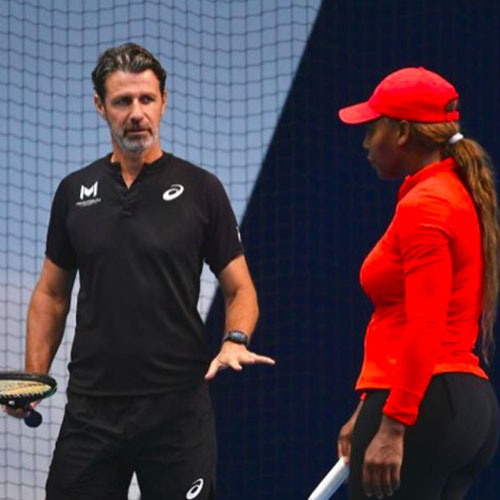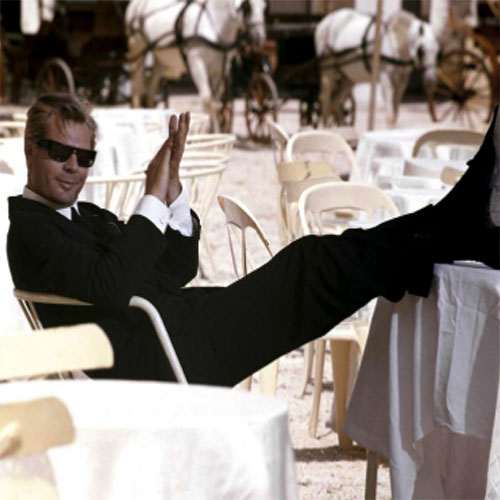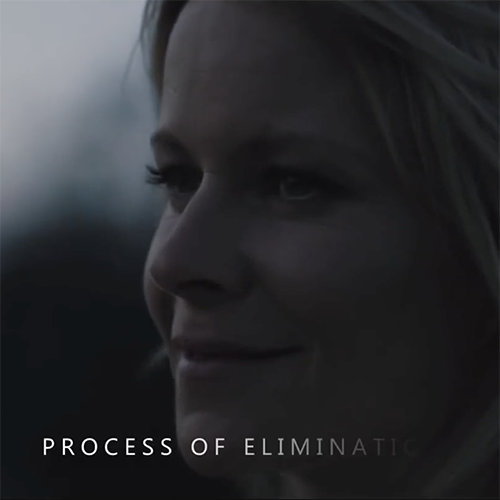What is the common denominator between Mozart, Freud, Leonardo da Vinci, Einstein, Aristotle, Walt Disney and… Robert Dilts? While the former are unanimously recognised as great creative geniuses, the latter, a specialist of NLP (Neuro-Linguistic Programming), decided to go over their thought modes with a fine-tooth comb in an attempt to define their “strategies of genius”. This resulted in a series of books published by Meta Publications, and a theory very much in vogue with coaches: the “Walt Disney Strategy” or “Walt Disney Method”. If everything has already been said over and over again about this method, it is still worth testing in order to combine creativity and practicality effectively…
In his book “Strategies of Genius, Volume One” (which includes Mozart and Disney), Robert Dilts seeks to model the creative workings of the composer and of the producer. He discovers that they both listen to their dreams, and that they then manage to transpose them into reality. Walt Disney, who famously said “if you can dream it, you can do it” and “all our dreams can come true if we have the courage to pursue them”, might have summarised this transposition operation as follows: To achieve a truly extraordinary thing, start by dreaming it. Then wake up calmly and pursue your dream without let-up and without letting yourself be discouraged. In breaking down the creative process of the creator of the Disney empire, Robert Dilts came to the following conclusion, although this quote might actually have come from one of Walt Disney’s animators:
“There were actually three different Walts: the dreamer, the realist, and the spoiler…”
Robert Dilts
From this observation a method was born, with which coaches have had a field day: the Disney Method or Disney Strategy. Depending on the particular needs, it may take the form of role play to improve a team as a whole, or be applied to individual reasoning with just as much success. Without going into details, it is based on three sequences that take up the various facets of the Father of Mickey Mouse:
1/ THE DREAMER: To begin with, you have to dream your project, without worrying about limits or constraints. Anything goes, and the idea is to allow free rein to your creativity. Let go and dare to pursue your craziest ideas…
2/ THE REALIST or THE REALISER: The second step marks a return to pragmatism and to the practical, without however going into details. This is the moment to change the wackiest ideas so as to make them genuinely feasible, e.g. by laying the foundations of a storyboard.
3/ THE CRITIC: It had to happen. So here is the moment your ideas need to be looked at from an organisational and budgetary angle, even if that means playing devil’s advocate when necessary. But this step should make it possible to take the project forward by stepping back and seeing the bigger picture, and by working out the details, without however calling everything into question…
When doing team role play, it is possible to pass the project round several times between the three parties, taking care to ensure that each party takes the idea forward without distorting it. In this way, it is possible to go beyond the usual opposition between creative people and pragmatists to achieve a surprising result!
While some coaches present this method as the magic solution to all creativity and management problems, I do think that it really can free up critical situations. So, the next time you are bogged down in an idea that is not progressing fast enough, instead of procrastinating and going off to Disneyland or to see the latest Star Wars film, think Walt Disney and start simply by closing your eyes and dreaming…
Virgil Benyayer

Partager cet article :







